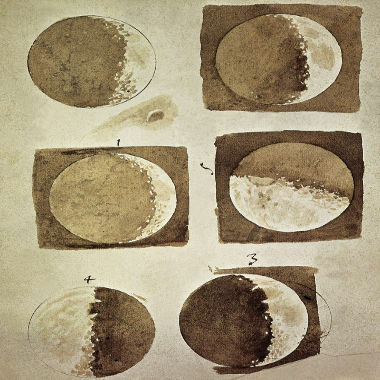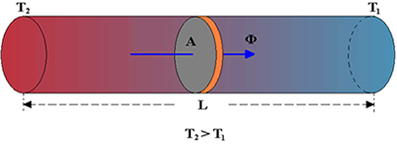THE Universal gravitation is the part of mechanics which studies the structures and phenomena related to the universe. It is a study very heavily loaded with historical factors, since man's curiosity to understand the universe is ancient. During the study of universal gravitation, some misinterpretation can arise and lead us to a bad understanding the concepts, so we've listed three common mistakes made in studying this content to you. Get inside and don't make any more mistakes!
I. Kepler's first law does not assume circular orbits
the statement of Kepler's First Law tells us that the trajectory of the planets around the Sun is elliptical and that the Sun occupies one of the focuses of the Ellipse, that is, the planets describe oval orbits around the star.
The understanding that many have about this law is that there can never be a planet that has a perfectly circular trajectory. However, Kepler's first law does not exclude this possibility – not least because the circumference is considered an ellipse of zero eccentricity, therefore, it is included in the statement of the so-called law of orbits.
II. The question of heliocentrism
The thinking of the Catholic Church in the 16th century was that the geocentric model of the universe was the most correct. Thus, the Earth, as God's most important creation, should occupy a privileged position and, therefore, would be at the center of the entire cosmos. However, in the year 1514, Nicolaus Copernicus' manuscripts that said the Sun would be at the center (heliocentric) and not the Earth intensified a discussion that lasted for eons: the universe is heliocentric or geocentric?
Do not stop now... There's more after the advertising ;)
Today we know that the correct analysis is that the Sun is at the center of our Solar System and we know the history of the troubled relationship between the Church and those who proposed different and new ideas. When reading about this subject, one can get the false impression that every scientist who proposed heliocentrism was atheist or rejected the Church and acted in an attempt to overturn its proposals and teachings, but this is not true.
Nicolaus Copernicus was a canon of the Catholic Church. His aim was not to overthrow the Church and its arguments, but, as a church member and scientist, to find the truths about the universe.
III. The question of the invention of the telescope
It is very common to attribute the invention of telescope to Galileo Galilei, however, it is important to know that the famous scholar did not invent the telescope, but built more powerful telescopes than those already existing at the time and had the idea of pointing this equipment to the night sky to glimpse the Moon and its craters, Jupiter and its moons, Saturn and its rings etc.

These are drawings of the phases of the Moon made by Galileo Galilei from telescope observations
Some arguments point out that the show producer Sacharias Janssen was the true inventor of the telescope, an extremely important piece of equipment for astronomy.
By Joab Silas
Graduated in Physics
Would you like to reference this text in a school or academic work? Look:
JUNIOR, Joab Silas da Silva. "Three Common Mistakes Made in the Study of Universal Gravitation"; Brazil School. Available in: https://brasilescola.uol.com.br/fisica/tres-erros-comuns-cometidos-no-estudo-gravitacao-universal.htm. Accessed on June 27, 2021.



